Video Menu
My Favorite Videos
My Favorite Videos
Optimum Spin Rate
Sorry, you need to be a member to access this video.
You Are Just Seconds Away - Become a member here!
Already a member? Log in now

In the first three videos in the "Bomb Your Driver" video series, I spent time discussing the key aspects of how to strike and launch the ball for maximum speed and distance. In this video, I discuss spin rates in conjunction with Launch Angle, and how the two are directly connected for getting you maximum distance off the tee. Using the an average of clubhead speed of 95 mph, you can see in this video how you can consistenly pick up 60 yards, yes, 60 yards off the tee by combining all the knowledge of the videos in the "Bomb Your Driver" series.
- Hitting down on the ball with the driver is a distance killer
- Move the ball up in your stance, get some axis tilt away from the target and tee the ball up higher to catch it on the upswing
- Where the ball strikes the club face affects distance more than anything else
- In a simulation with all other factors equal, hitting just 1/2" - 3/4" below the sweet spot cost as much as 60 yards
- For high club head speeds there's a point of diminishing returns, but moderate hitters should always get plenty of loft
- Getting the right club and shaft are also important factors
- Get on a launch monitor, get a properly fitted club, and learn how loft and hitting solid shots can help you bomb your driver
All right, it's time for us to finally discuss the spin when it comes to maximizing and bombing your driver.
The spin is one of the most important aspects of getting a properly fit driver and getting the most distance out of your swing, And we're going to talk about that a little bit today and get into some of the nuts and bolts and things that affect spin.
In the last video, we talked about launch angle, And that has a dramatic impact, both on the overall distance of the flight and what you see to your eye, what it looks like in the air.
And the spin also affects how the ball flies through the air, how it looks to your eye, and how far it goes.
And that's going to be a super, super important thing that we're going to talk about in this video.
Basically, spin is affected significantly by where you strike the ball in the face.
So for instance, if you hit the ball really, really low on the face, You will actually get more spin because of the vertical gear effect than you will by hitting it high on the face.
And this is detrimental for a couple of reasons.
One, if you remember the first video that I did, the ball speed video, when we did use the dry erase marker to mark it on the ball where you're hitting it on the face.
The reason I started with that video is because that affects distance more than anything else.
If you hit the ball solidly, you will get far more distance than hitting it low on the face.
When you hit it low on the face, because of the vertical gear effect, you're getting a lot more backspin with a much lower launch angle because in the next video I did, we talked about the club face roll and how much roll is built into the design of the club head.
Well, If you're buying a nine and a half degree driver off the shelf and assuming that it's actually in spec, which usually they're not, and you measure the bottom of the face, well, it might only have seven degrees of loft.
And if you're swinging in this 95 mile an hour range and you hit it low on the face, well, you're only getting a seven degree loft at impact with a tremendous amount of spin.
So those two things are going to cost you a lot of distance.
So what's really, Really important to understand is you take all these pieces of the videos of the Bomb Your Driver series that I've done, hitting it solidly in the center of the face, just above the center of the face, will reduce the amount of spin.
And getting your launch angle right, getting a higher launch, as I talked about in the last video, with the low spin is the absolute ideal scenario.
So let's look at some scenarios here.
Let's start with this red line you can see on the bottom.
This is showing somebody that's got a dynamic loft of ten and a half degrees.
Now, this doesn't necessarily mean that your driver says ten and a half degrees on the bottom of it.
It may say nine and a half degrees and may actually measure out to be ten and a half degrees.
And because of the way the driver, the shafts actually flex forward at impact, that affects the launch angle.
But just for the sake of argument here, we're just going to assume that the dynamic loft, where the ball is striking the ball on the face and getting affected by the club, is ten and a half degrees for this scenario.
So we're also going to assume that this golfer who's swinging at 95 miles an hour is hitting it solidly, hitting it in the center of the face, so he gets a good power transfer ratio.
But it's coming down on an angle of attack of negative two degrees.
So he's actually hitting down on the ball, similar to an iron shot.
He's going to strike down on the ball, and a lot of golfers have been taught to hit down on the ball.
There's philosophies out there telling people to hit down on the ball.
For the average golfer, this is terrible advice.
It's going to cost you massive, massive distance.
So even with a negative angle of attack that you can see up here of only two degrees, which isn't that sharply hitting down on the ball, the ball's going to launch at only seven degrees.
So when you get a launch angle, when you're swinging at this clubhead speed, and you get that low of a launch angle, the ball's not going to go very far.
So we can see, represented by this red line here, that the ball's only going to carry about 200 yards.
And that's if you hit it absolutely flush.
And of course, we're all imperfect, so we don't hit them flush every time.
So it's just simply not going to go very far.
It's not in the air long enough, and there's not enough spin, Because there's not enough loft at this angle of attack and this clubhead speed and ball speed to get the ball to stay in the air very long.
So first things first, That launch angle video that I just did is super important that you start to work on getting a higher launch with your driver.
It's a distance club.
It's designed to be hit as long as you can.
It doesn't have a distance or speed limit on it.
It's the only club in your bag like that.
So you want to learn to maximize it.
It's become more and more of a specialty club these days.
And so we need to learn to hit it specifically to get the maximum distance out of it.
So at 200 yards with a negative angle of attack, we're going to see if we can get some more distance out of this golfer.
So in this yellow line, I've changed that to be a positive angle of attack of two and a half degrees.
And that's catching the ball slightly on the upswing, gives him a little bit more dynamic loft, which is going to increase the spin a little bit.
It's a bit more kick forward in the shaft.
And so now we get a launch angle of 13 degrees with a similar ball speed.
But now notice that our carry distance has gone from 199.
7 to 222.
7.
Same club head speed, same ball speed, just changing the angle of attack has completely changed the shot.
So now actually, and I'll back the dynamic loft down here a little bit so we can compare it exactly, 220.
4 yards.
So basically, just by giving you a little bit of swing instruction, like I did in the last video of the launch angle, we've picked up 20 yards of carry, which is phenomenal.
It's a huge, huge difference.
And in a second, we'll look at some more software and we'll calculate the role as well.
But just by moving that ball up in your stance, getting a little bit of spine tilt away from the targeted impact, getting that little axis tilt, teeing it high, catching it high on the face is going to dramatically change your distance.
So just by not even changing your club, and this is assuming that your clubs fit optimally for you, which it's probably not, you're going to pick up 20 yards of carry.
And then you're also going to pick up roll on top of this, which again, we'll look at in a second.
So just by changing a couple little things, 20 yards right off the bag.
Now let's go to this next driver, the blue line here, and let's assume that this golfer has a lot of loft on the club.
So instead of using a nine and a half or 10 and a half degree driver, Let's say they're using a 13 degree driver, and they're still going to catch up on the upswing at about two and a half degrees or so, somewhere in there.
And we're going to give them a lot of loft here.
Well, at some point, there's a point of diminishing returns for this club head speed.
This is right on the crux of where you get into not wanting so much loft.
Now, if you swing slower than this, you would never, ever, ever want anything less than 10 and a half, 11 degrees of loft, unless you hit down the ball very sharply.
But of course, I'm trying to break you of that habit.
So we want more loft and we want to hit it high on the face so we get more dynamic loft.
So at some point, you can see that these numbers, as I continue to increase the loft, go down a little bit.
So now he's got too much loft, too much spin.
You can see that represented graphically down here, that the ball looks like it's starting to balloon.
It's just starting to climb straight up in the air.
And so now we got a point where we have too much loft and it's going to create too much backspin and the ball's not going to go anywhere.
But if we keep scrolling back down, we can find that optimal sweet spot where we get maximum carry, which is right about here, 222.
8 yards, which gives us a loft of about 11 and a half degrees.
So for those of you swinging 95 miles an hour with an eight and a half degree driver, unless you're playing that ball way up in your stance and hitting it super high on the face, you're completely costing yourself tons of yardage.
So now we can go in and look at each of these shots I just represented to you.
The first one here, launch angle of about, excuse me, this is the second one, 12 and a half degrees launch angle.
And I'm going to actually change that.
So 7.
3.
Change that back.
Okay, so this is the second one.
This is the optimal flight launch angle of 12 and a half degrees.
So this is where we're catching it on the upswing at about two and a half degrees, giving us a reasonable spin rate.
That ball is going to carry about 223 yards, depending on which software simulation you use, basically about 223 yards.
And again, I get about 21 yards of roll, which is represented by this number here.
The B shot here is the one that we hit down on.
We hit down on a couple degrees.
We hit this one low.
It launched very low, has lower spin because there's less dynamic loft at impact.
And now we're getting only 200 yards of carry, but we do pick up a couple yards of roll to make up for it, but it doesn't nearly make up.
Two yards of roll doesn't cover the 22 yards lost in carry distance.
The last simulation that we have here is catching the ball severely on the upswing.
So now we're saying that we're going to launch the ball extremely high.
We've got it teed super high.
It's way up in our stance.
And we're going to catch it on the upswing, about five or six degrees instead of two degrees, and catch it high on the face.
It's going to give us a low spin rate.
And now we can start to get a lot of distance here.
Now we can get 232 yards of carry and 22 yards of roll on a typical PGA tour cut fairway.
So that's the optimal.
The higher that we can launch that ball in this swing speed range, the better because it's going to give us more time to keep the ball in the air, launch it higher, get more carry distance and more roll.
Now all three of these shots assume that you're hitting the ball squarely, that you're hitting it very solidly in the center of the face, getting maximum ball speed, and that you have a driver and a driver head that's that's a good head.
It doesn't cost you ball speed.
It has a max core, good center of gravity.
It's all built up perfectly for you.
But what happens when you hit it low on the face?
Well, when you hit it low on the face, you lose a tremendous amount of ball speed.
And in this case, I'm showing a loss of about 13 miles an hour, which is pretty typical when you don't catch the sweet spot.
So now, not only are we losing a lot of ball speed, But we're launching it low because there's not enough loft at that part of the club face to get any distance.
And to make matters worse to really penalize us, it gives us a lot of spin and that backspin is going to take a lot of distance off.
So now, just missing the sweet spot by say half an inch to maybe three quarters of an inch low on the face, you've gone from hitting a potential of 232 yards of carry to now only 176.
So now it starts to make sense when you don't catch one flush, what's going on there?
Why are you losing distance?
Why are you not getting the, you know, why are you not getting the optimal distance for your club head speed?
And it starts to show up right here.
So graphically, we can see those three shots here.
This is the one that's hit very, very low on the face, lost a lot of club head speed, too much spin, ball just isn't going to go anywhere.
The highest one is the one that we launched the highest.
And you can see that it maxes out, it carries further and gets more overall distance.
And if we scroll down and we look at the total distances here, so this represents carry, the blue lines are carry, and then the green is roll.
The one that's launched the highest, believe it or not, the 15.
6 degree launch angle, which is C here, has a total distance of 254.
6 yards.
Now, on average, the guy who's swinging 95 miles an hour when he's not hitting it solidly, is probably only going to hit a total distance of about 200 yards represented by this one, the last one that I talked about where we hit it low on the face, we got too much spin, we got a low launch angle.
You're not going to get the ball over the 200-yard marker.
But potentially, with that exact same golf swing, exact same speed, exact same everything, you have the potential to hit it almost 60 yards further by just changing how you strike the ball, changing your setup, and catching the ball more on the upswing.
So now 60 yards is a dramatic difference.
You're talking about going from playing the up tees and hitting a three-wood or a two-iron hybrid into a green, versus hitting an eight or nine iron into the green.
So 60 yards is really, really massive, and that's why it's so important that you start to understand these spin rates and launch angles, and hitting the ball solidly, and all these things we've talked about in the Bomb Your Driver series, because it's a true difference of 60 yards.
Getting a club that feels comfortable in your hands, that you can swing it properly, that you don't have to work hard to get the proper launch numbers, is going to allow you to achieve this number more consistently.
So that's why driver fitting is so important, because there's so much to be gained or lost by just being fitted improperly.
And even if you're reasonably close, if you have a driver setting that's pretty solid, you may be, and you hit it solid really consistently, but you hit down on the ball, and you launch it too low, well right here, you can see that this is the ball flight B, is 30 yards shorter than what your optimal.
Just by catching the ball more on the upswing, you can pick up 30 yards, which is again, we're talking three clubs into the green, you go from hitting a six iron to a pitching wedge, or six iron to a nine iron, it's going to change the way that you play the game, it's going to change your ability to score.
So really look into these numbers, start to understand what they're doing, if you haven't got on a launch monitor before, you must, you absolutely must, if you love the game, and you're serious about playing, and getting the maximum amount of distance, and you're seeing these guys on the website who are picking up, you know, on average 20 yards, and some are picking up 30, 40, 50, 60 yards, just from doing the fitting with me, it's all from just maximizing the numbers, using physics, using science to get the right numbers, the right ball, the right club, the right shaft, to start to get into this optimal range.
And you can be there too, you can be the guy out driving everybody in your group, and just by changing some simple things in your swing, simple things in your setup, just getting the right club in your hands, and you'll start bombing the driver too.








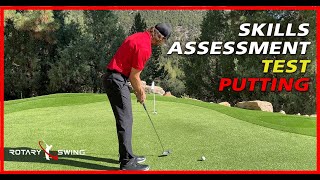


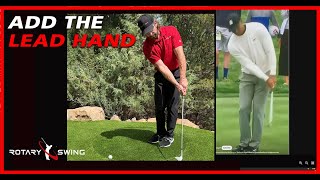


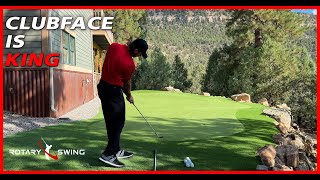








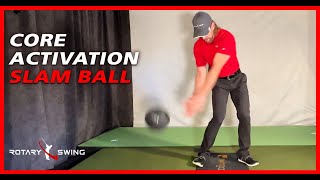





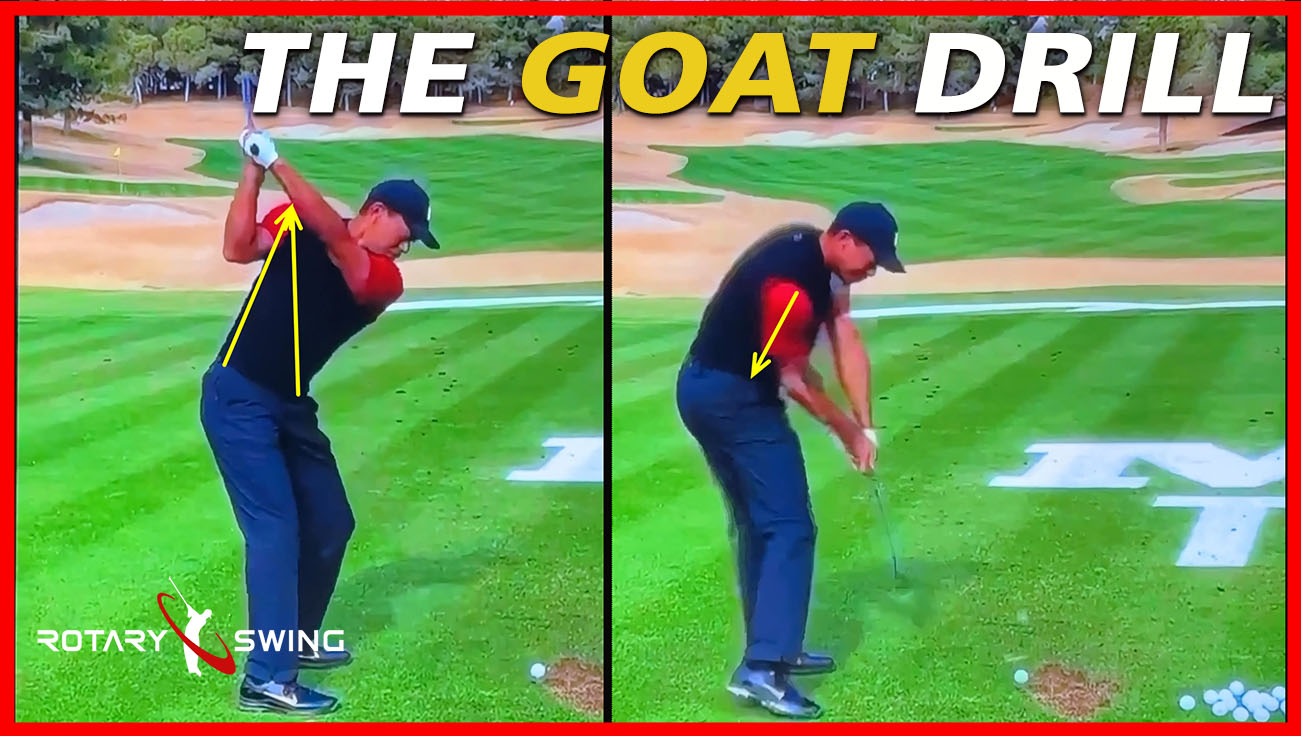


















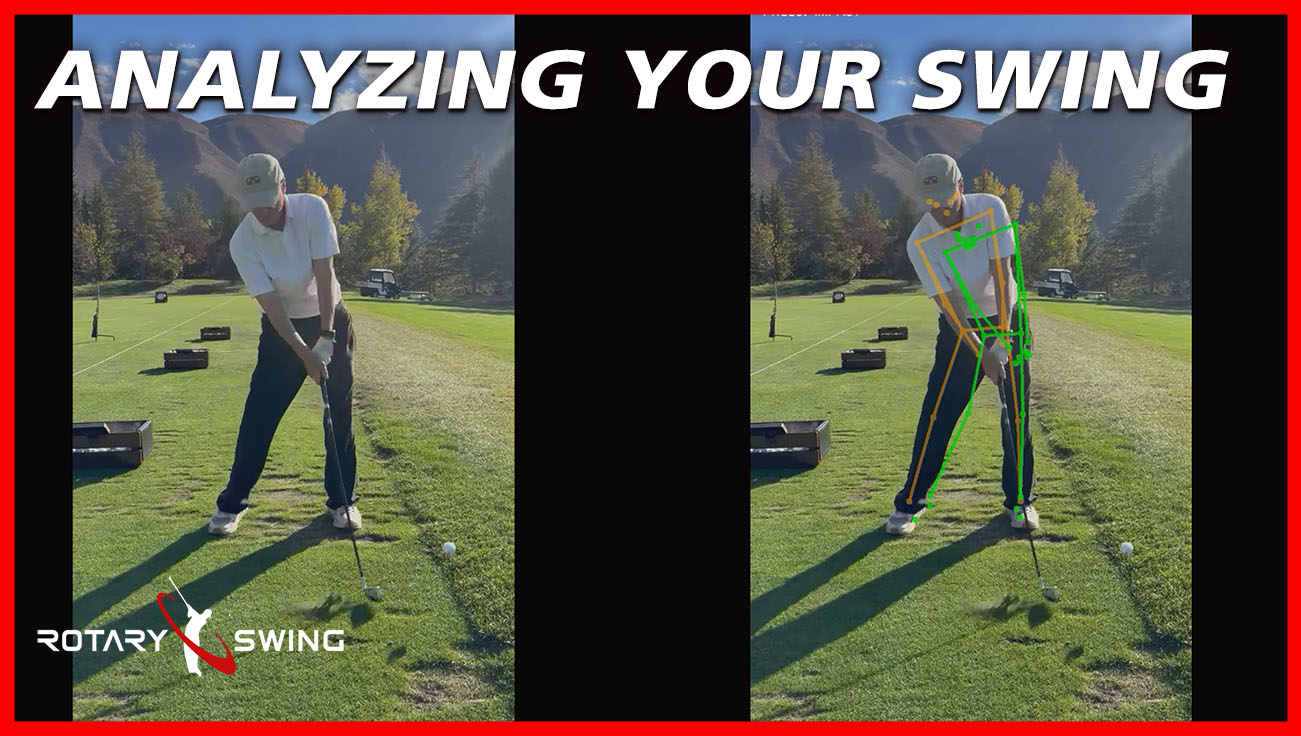









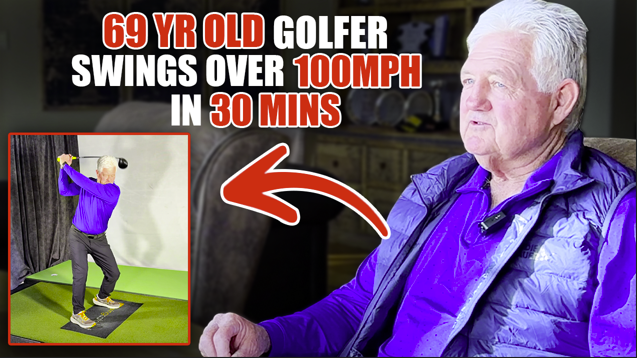
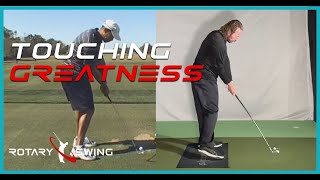

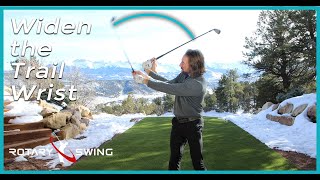



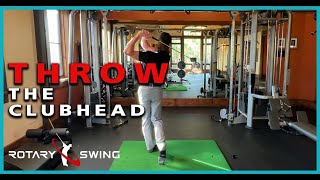







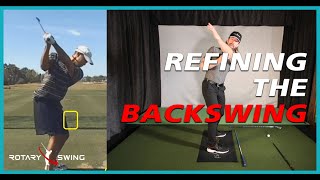







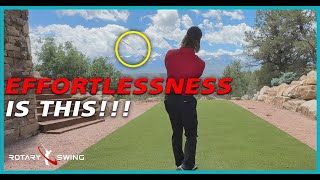
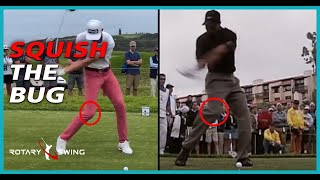
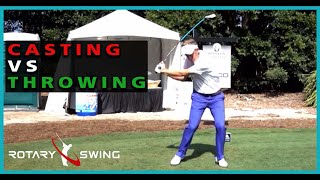



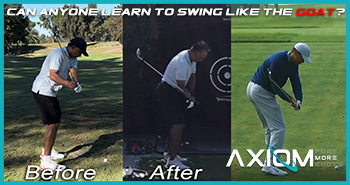


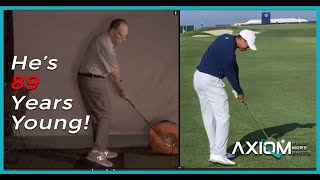



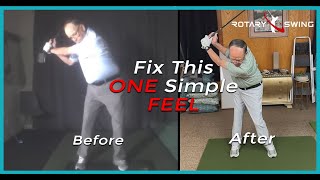











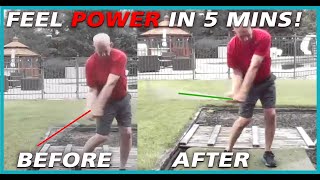


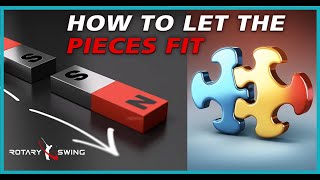

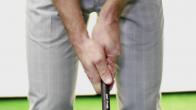




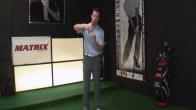











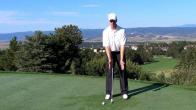

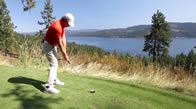



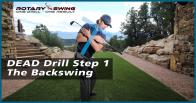

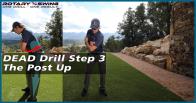
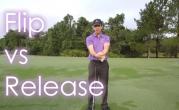









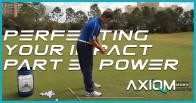











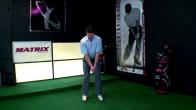



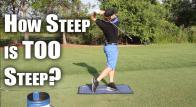


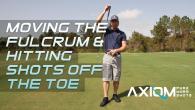



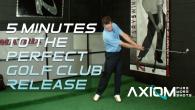

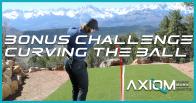






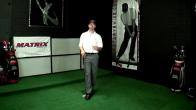









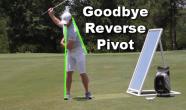





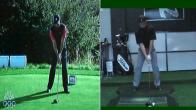



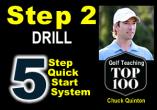






















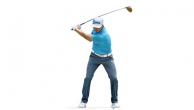
























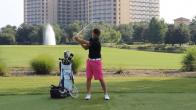








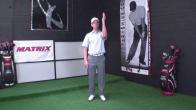




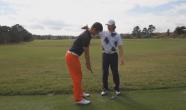





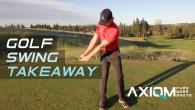









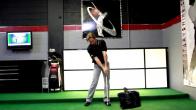



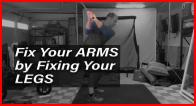


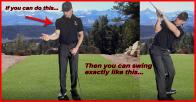




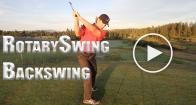

















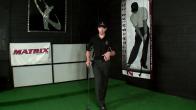





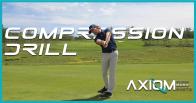
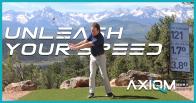
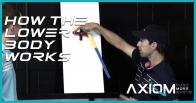












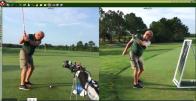






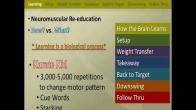
















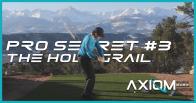

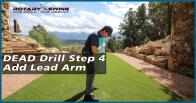


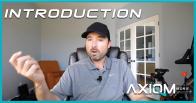

















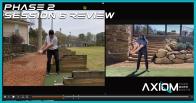







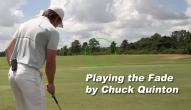











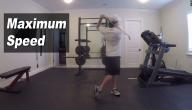

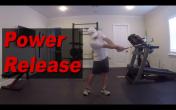
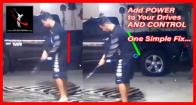


















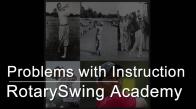



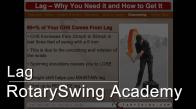



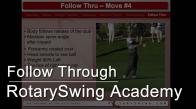





















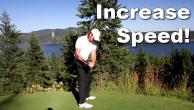



















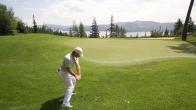





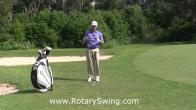



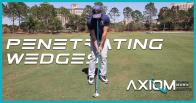







Jesse
Craig (Certified RST Instructor)
Dan
Chris (Certified RST Instructor)
Dave
Craig (Certified RST Instructor)
Dave
Craig (Certified RST Instructor)
Benson
Chris (Certified RST Instructor)
Charles
Craig (Certified RST Instructor)
Brandon
Craig (Certified RST Instructor)
Brandon
Craig (Certified RST Instructor)
Michael
Craig (Certified RST Instructor)
Brandon
Chris (Certified RST Instructor)
Fred
Craig (Certified RST Instructor)
garrett
R.J. (Certified RST Instructor)
Mike
R.J. (Certified RST Instructor)
David
R.J. (Certified RST Instructor)
Christian
Craig (Certified RST Instructor)
Quang
Chris (Certified RST Instructor)
VICTORIA
Craig (Certified RST Instructor)
matt
Craig (Certified RST Instructor)
Paul
Chris (Certified RST Instructor)